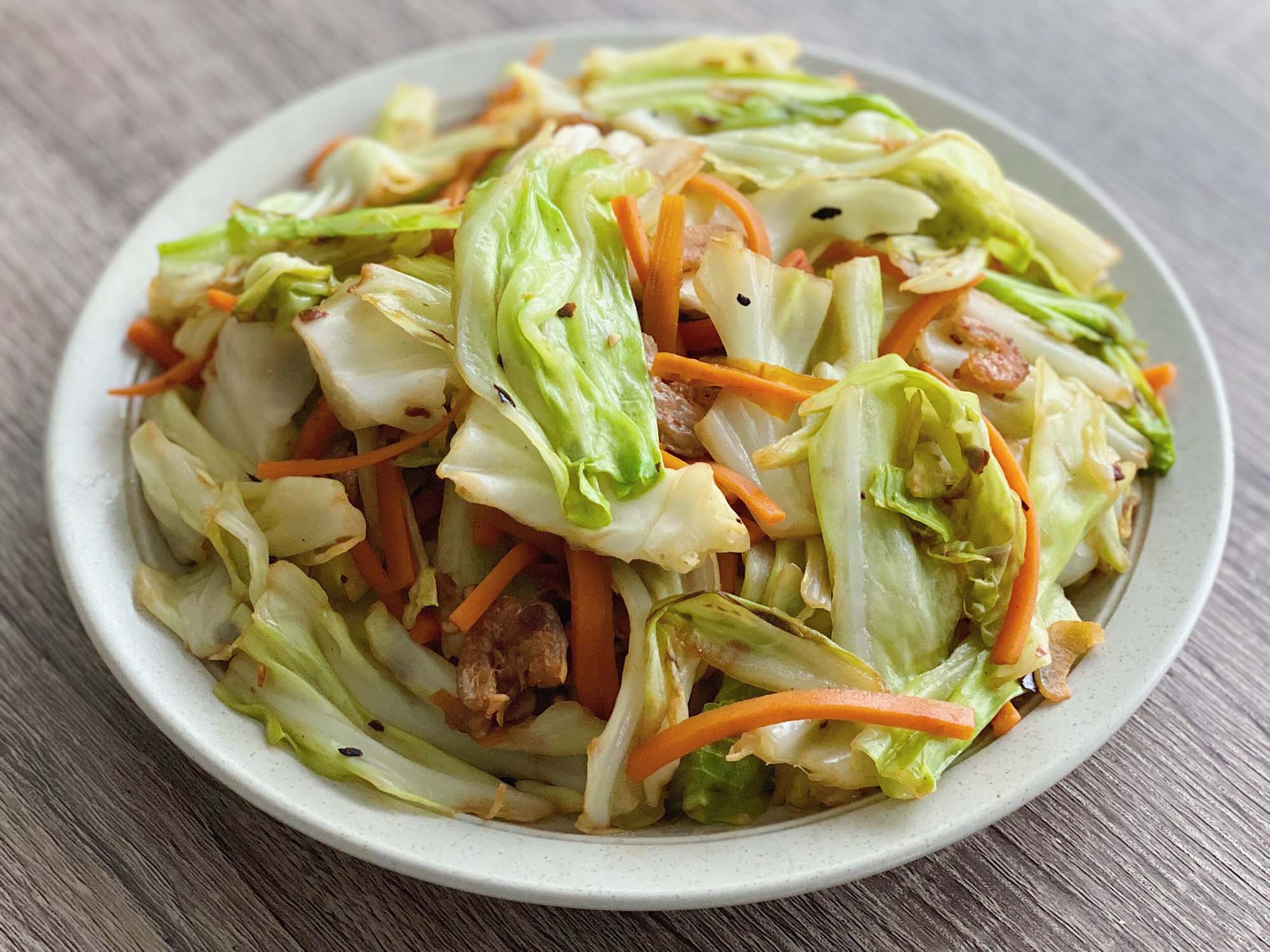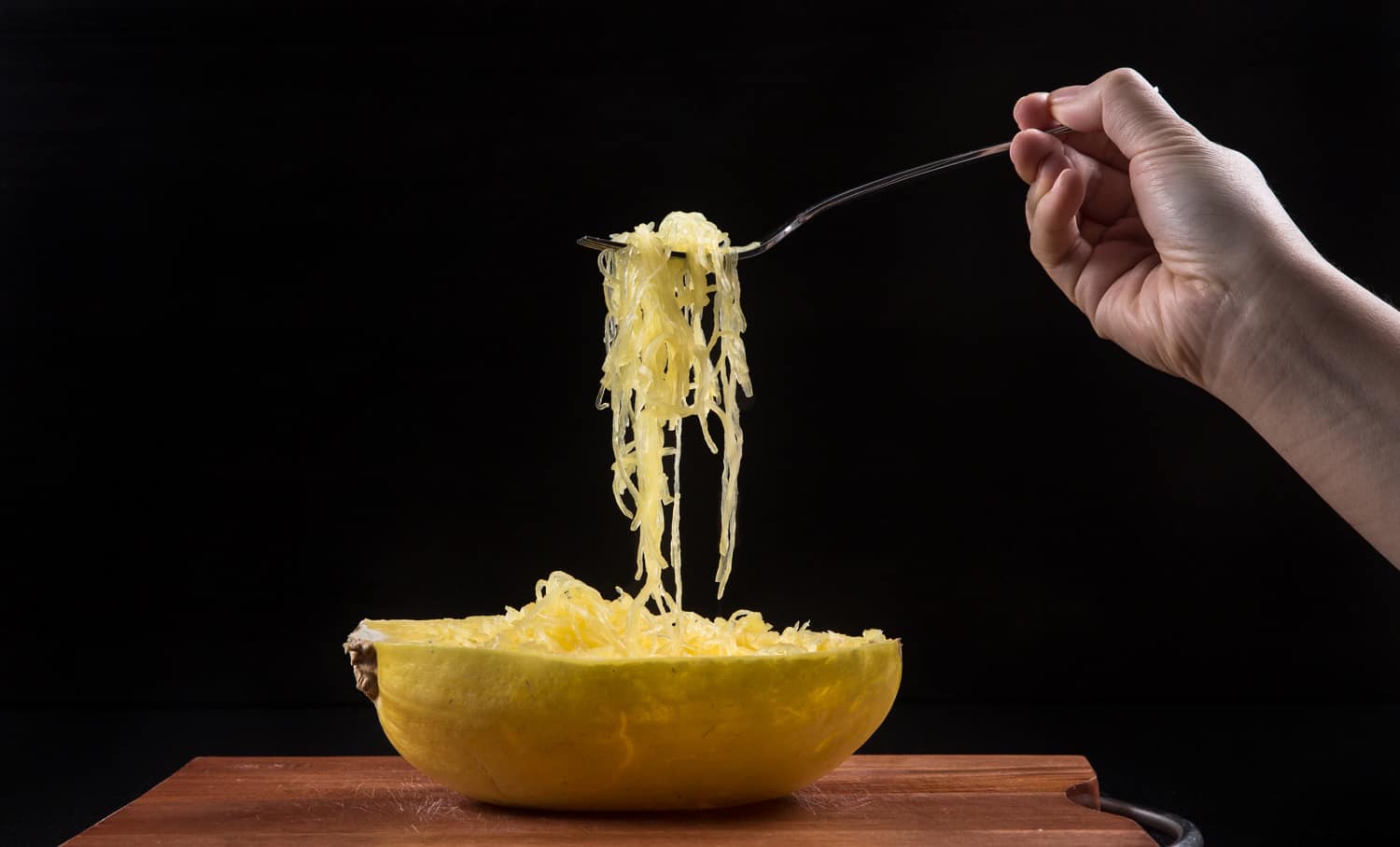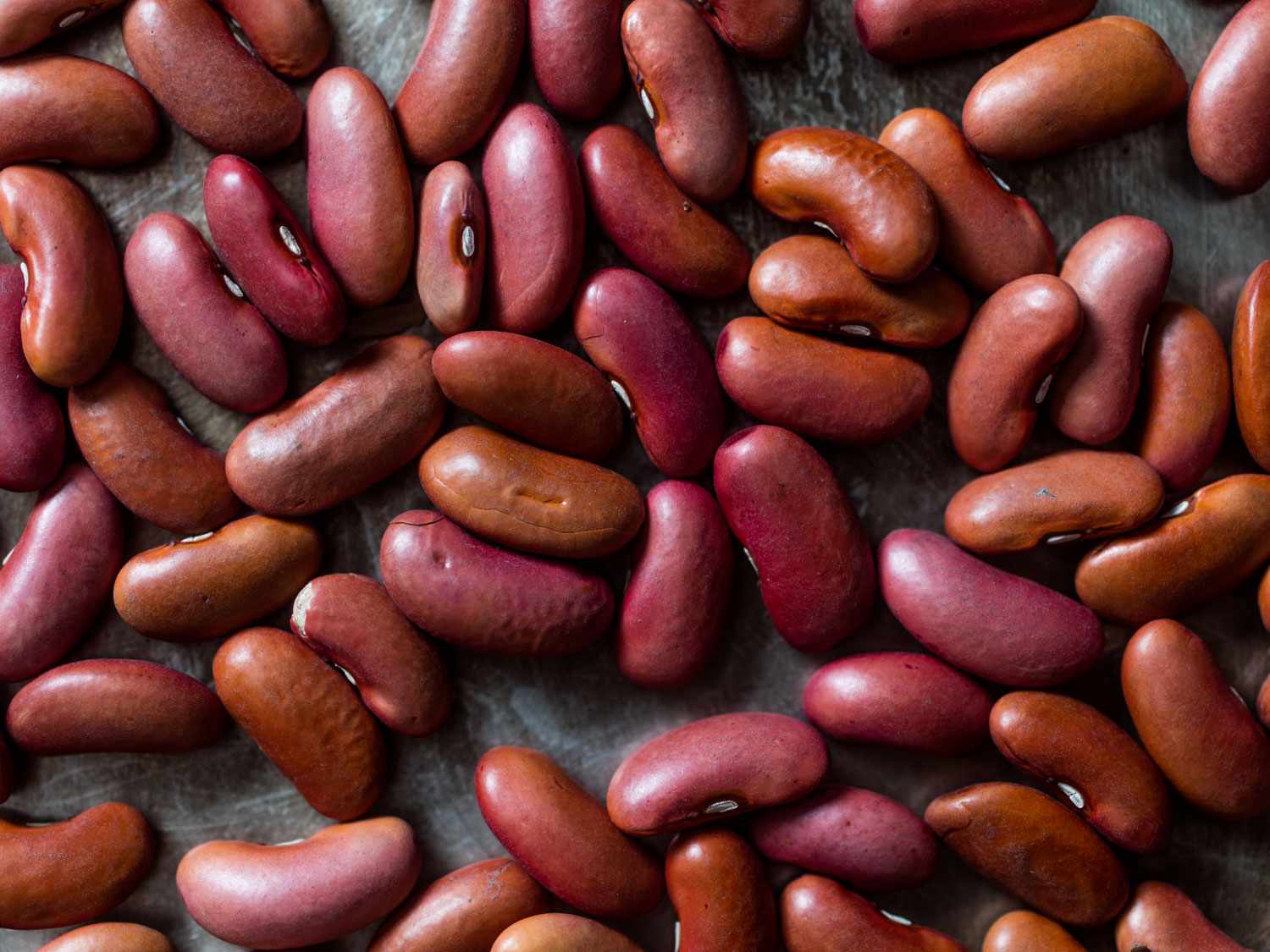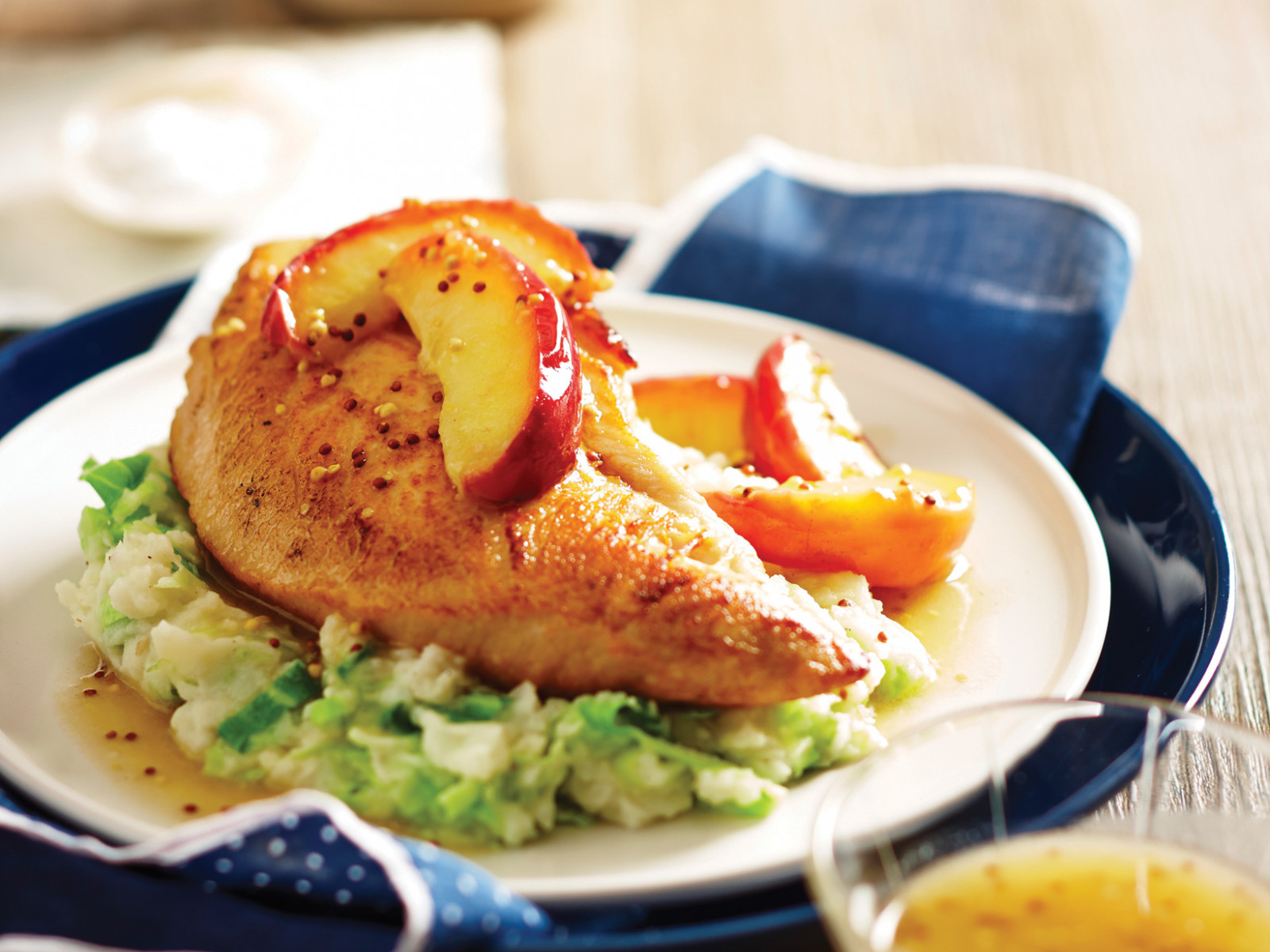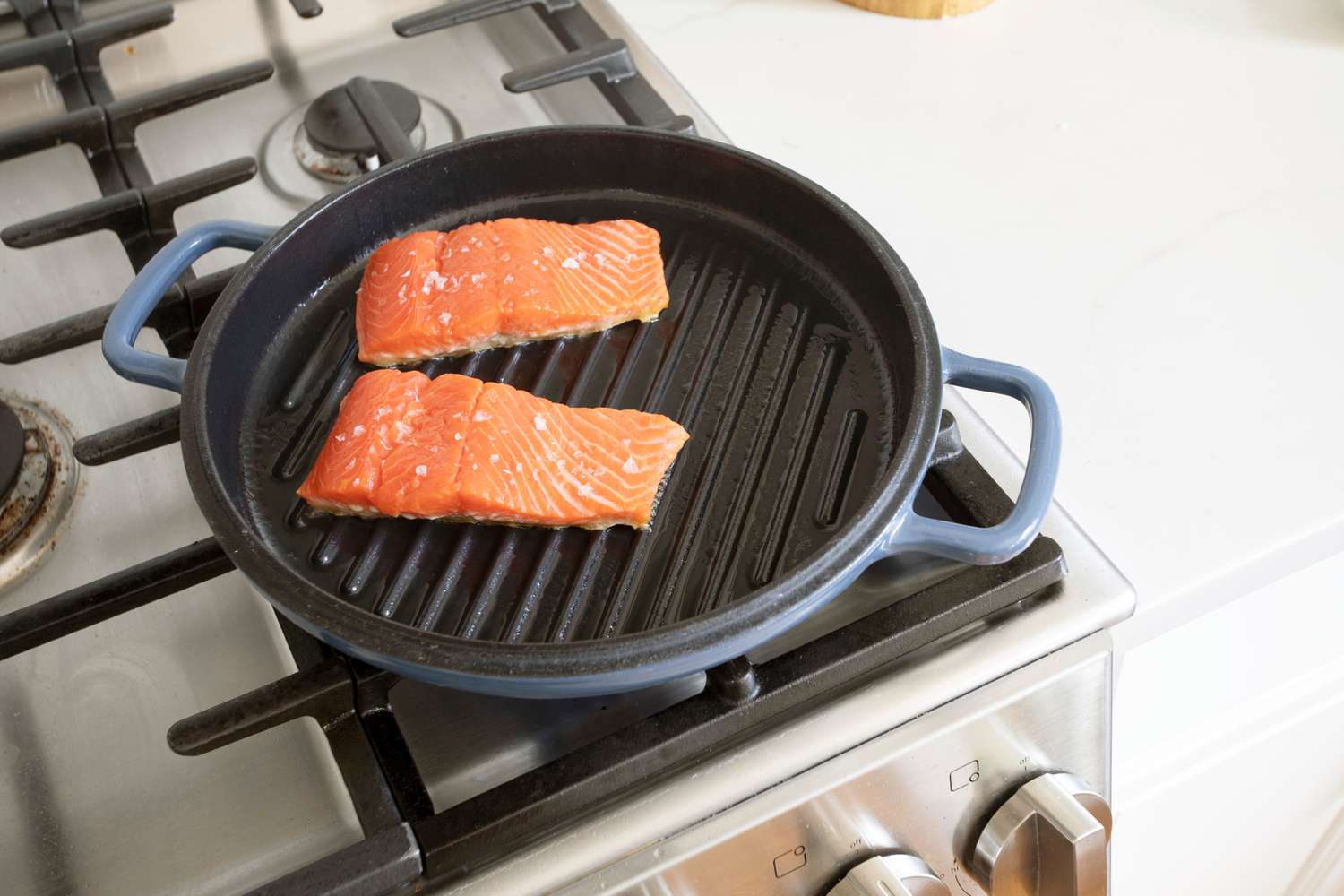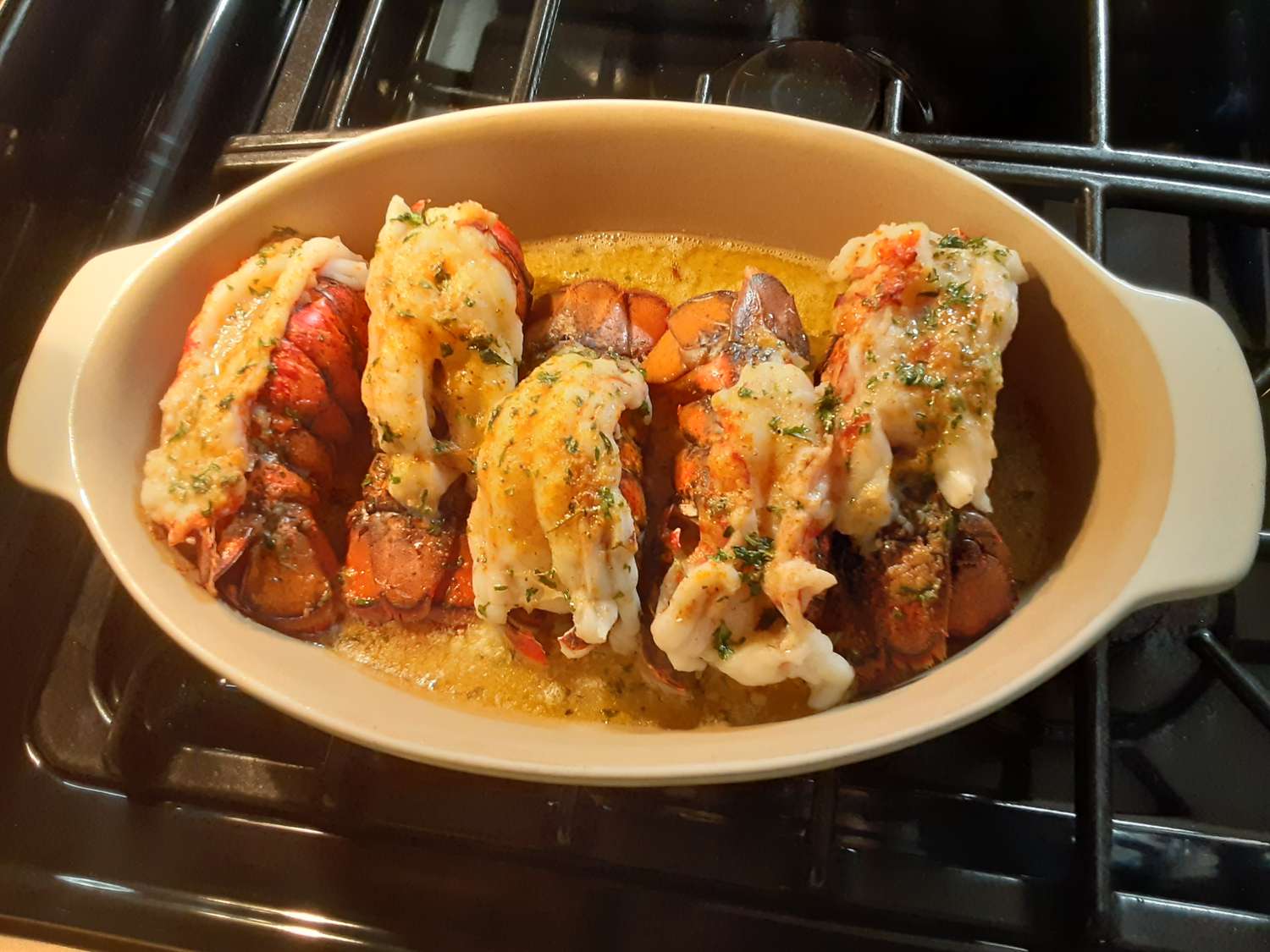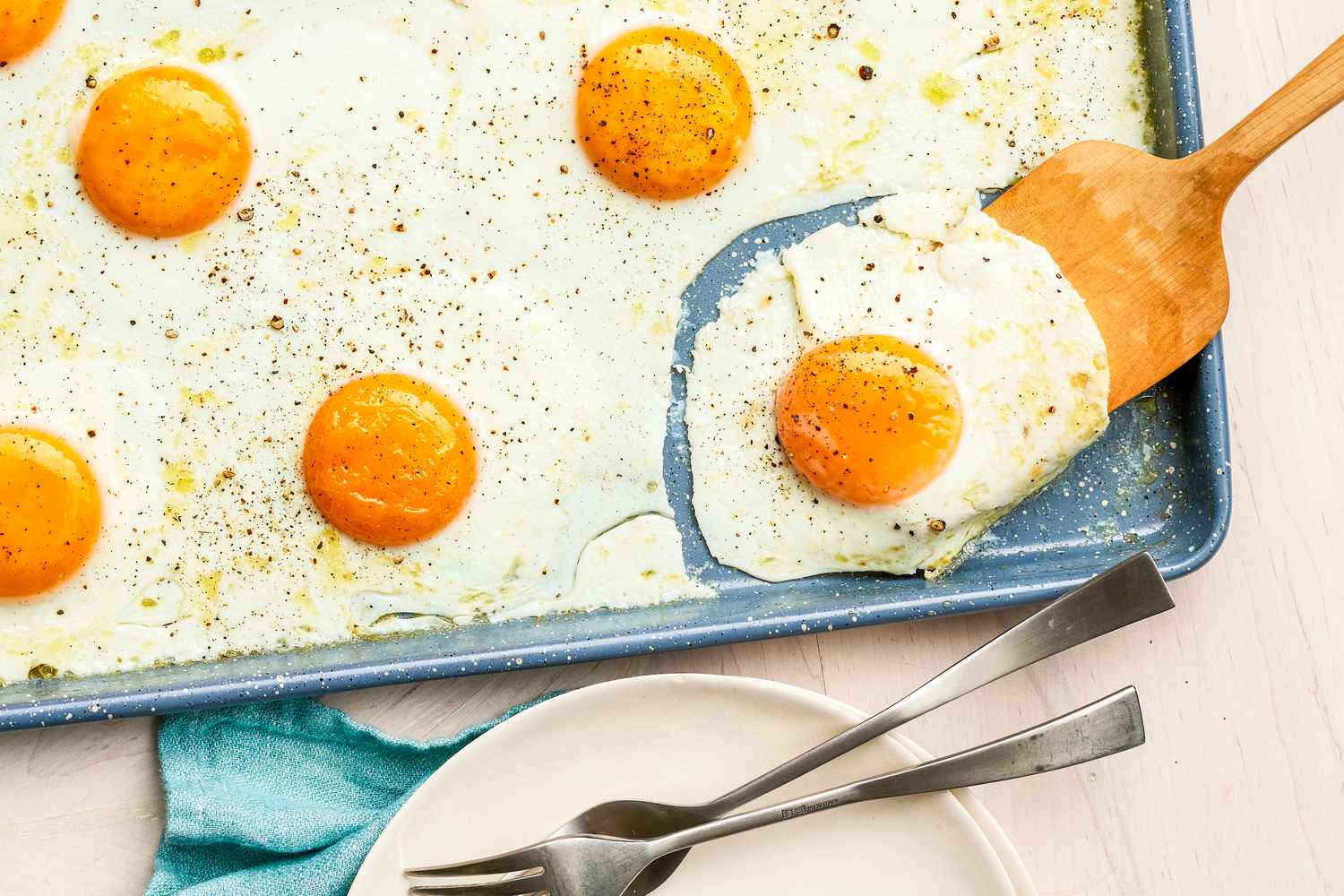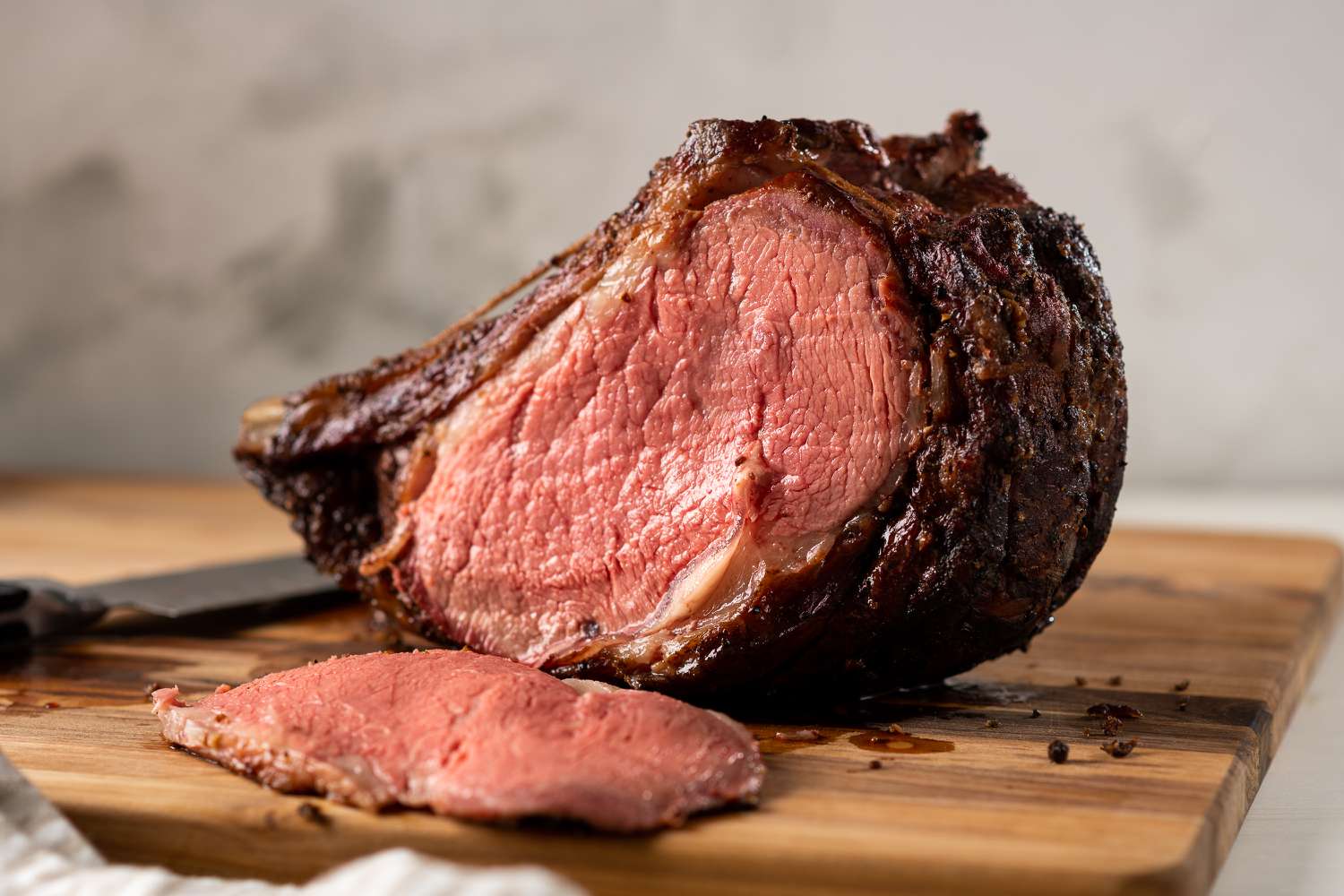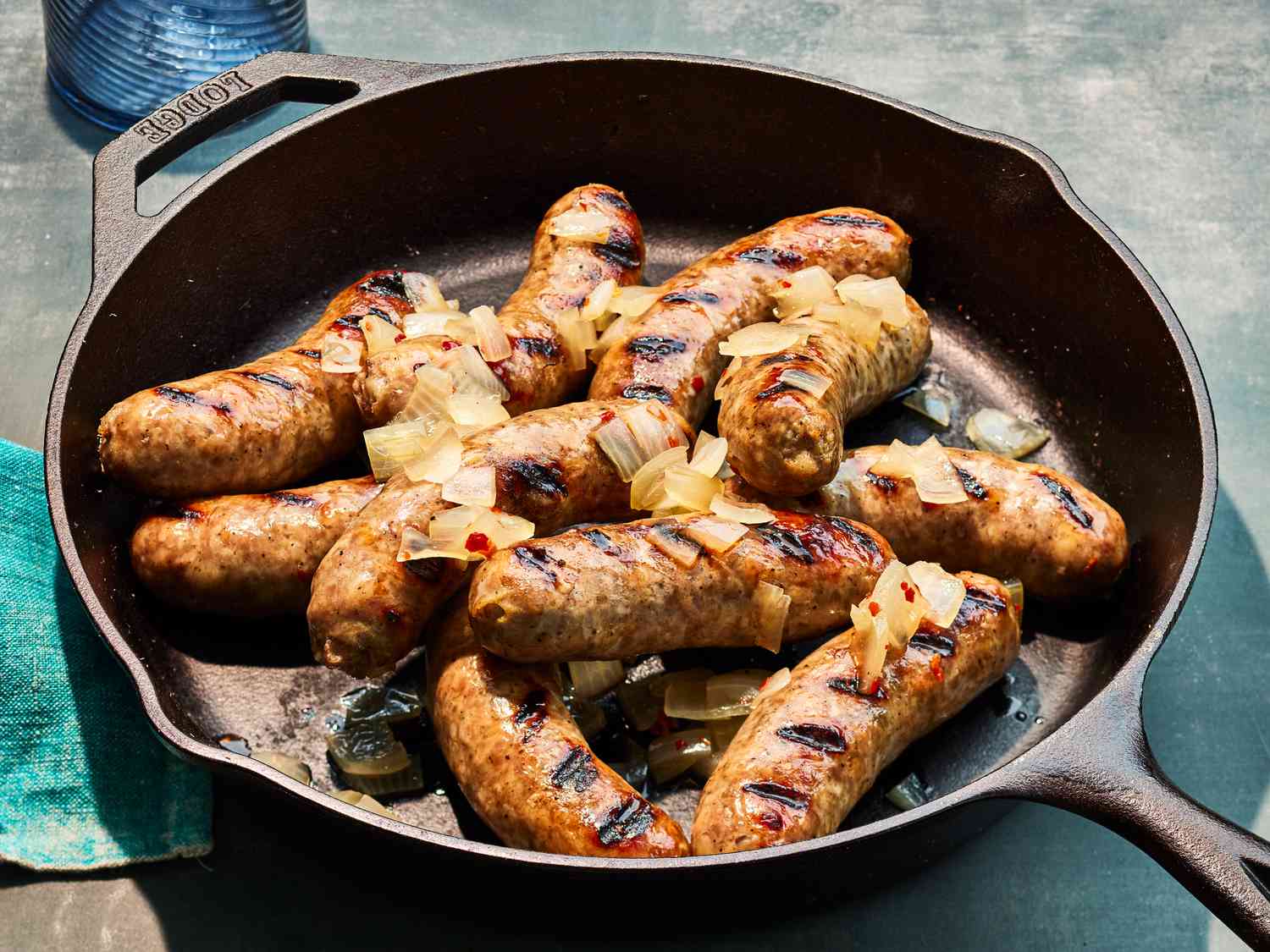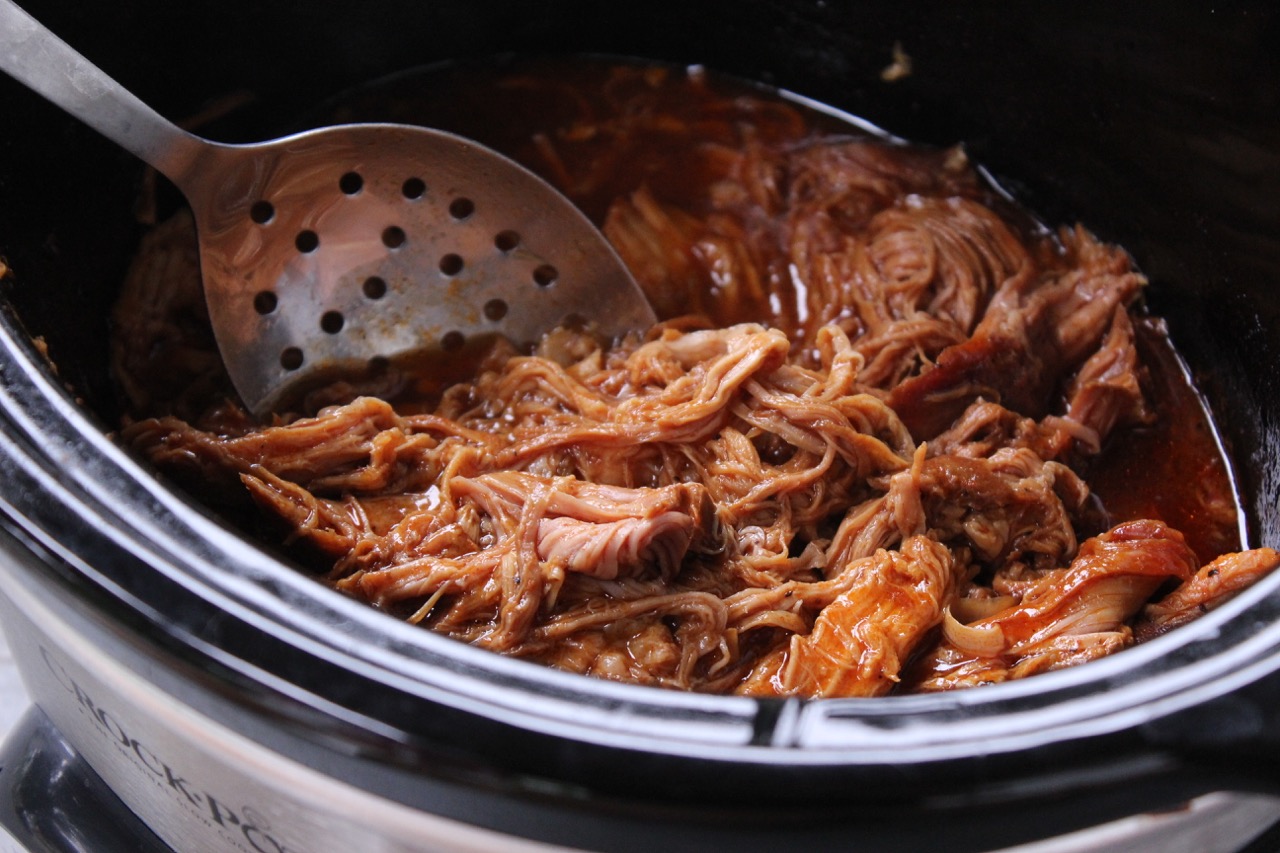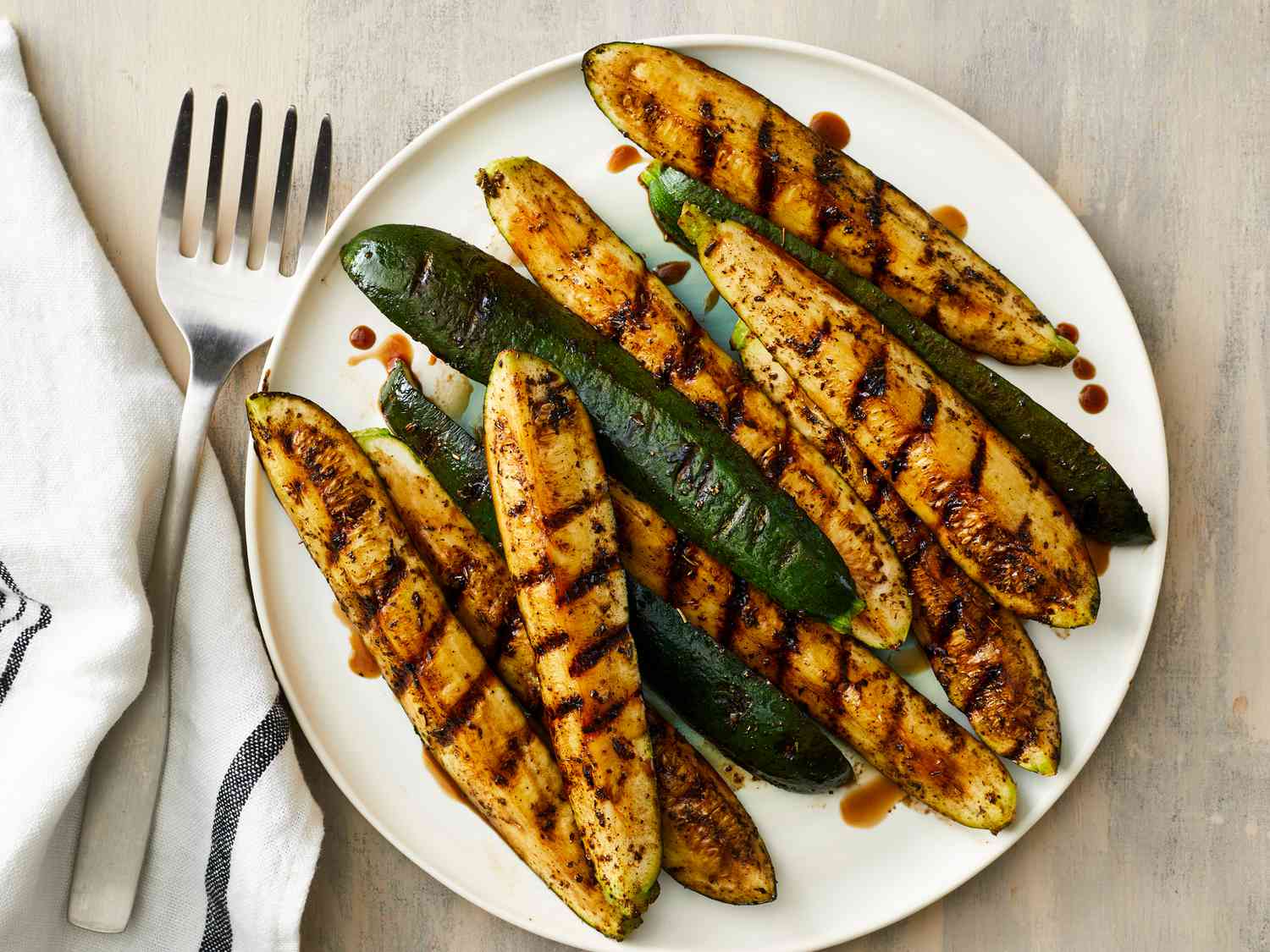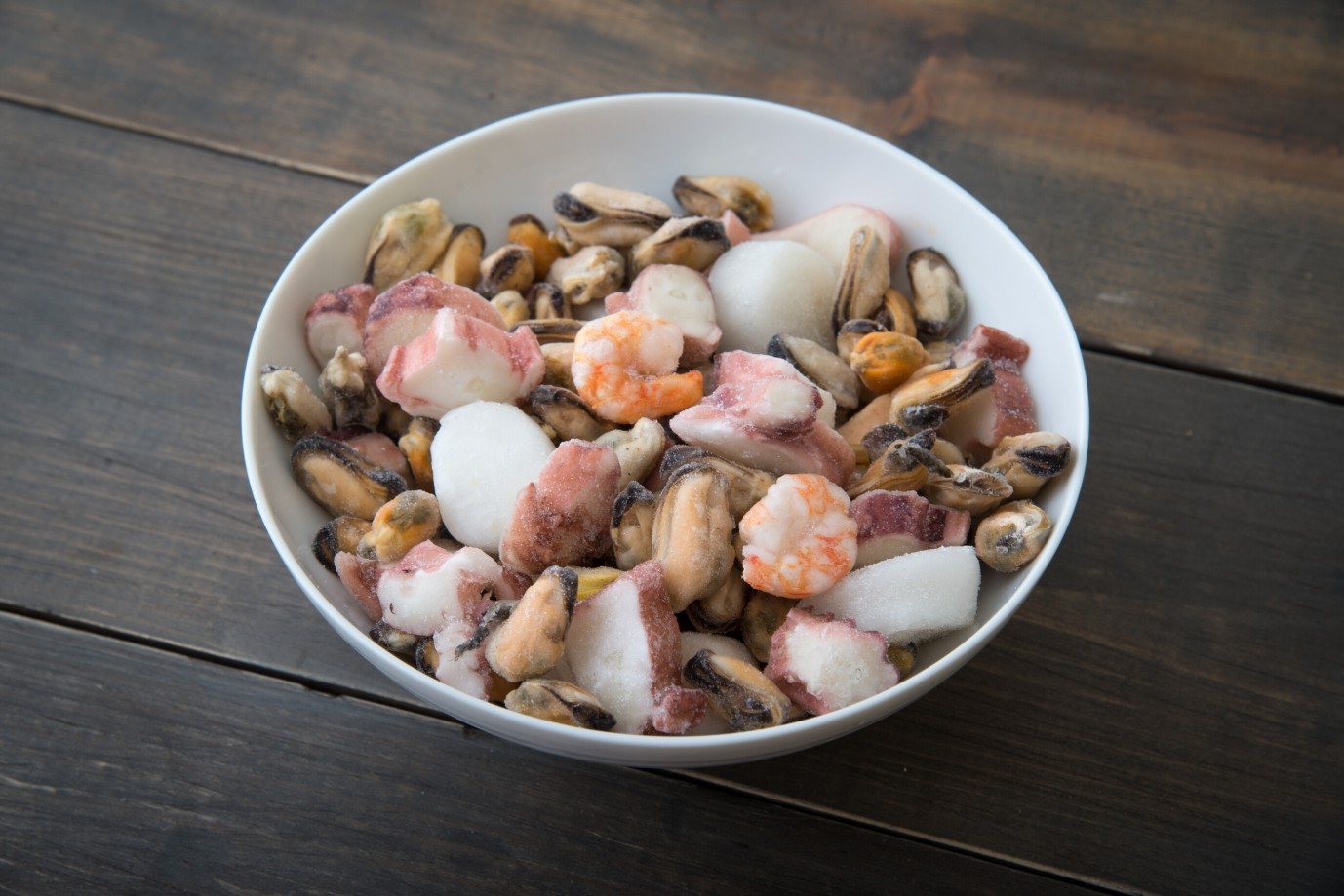Unlock the Flavors of Snow Pea Leaves with These Cooking Tips
When it comes to leafy greens that pack a punch in both flavor and nutrition, snow pea leaves are a perfect choice. These tender and vibrant greens are packed with vitamins, minerals, and antioxidants, making them not just a delicious addition to your meals, but also a great way to boost your overall health. Wondering how to cook snow pea leaves to enhance their natural goodness? Look no further. We’ve got you covered with some fantastic cooking tips that will make your snow pea leaves shine on the plate.
1. Selecting and Preparing Snow Pea Leaves
To ensure you’re cooking with the freshest snow pea leaves, follow these simple steps:
- Choose leaves that are bright green and crisp, without any signs of wilting or yellowing.
- Remove any tough stems or damaged parts.
- Give the leaves a thorough rinse under cold water to remove any dirt or impurities.
- Pat them dry with a clean kitchen towel or use a salad spinner.
2. Stir-Frying Snow Pea Leaves
Stir-frying snow pea leaves is a popular cooking method that preserves their vibrant color and delightful crunch. Here’s a simple recipe to follow:
- Heat a wok or large skillet over medium-high heat and add a splash of cooking oil (such as peanut or vegetable oil).
- Add minced garlic and ginger to the hot oil and stir-fry for about 30 seconds until fragrant.
- Toss in the prepared snow pea leaves and stir-fry continuously for 2-3 minutes until they just start to wilt.
- Add a tablespoon of soy sauce, a pinch of salt, and a sprinkle of white pepper for seasoning.
- Continue stir-frying for another minute or until the leaves are tender and wilted.
- Transfer to a serving plate and enjoy!
3. Blanching Snow Pea Leaves
Blanching snow pea leaves is another quick and easy cooking method that helps retain their vibrant color and delicate texture. Here’s how to do it:
- Bring a pot of water to a rolling boil.
- Drop the prepared snow pea leaves into the boiling water and let them blanch for about 1 minute.
- Quickly transfer the blanched leaves to a bowl filled with ice water to stop the cooking process.
- After a few minutes, remove the leaves from the ice water and drain them well.
- Squeeze out any excess water gently.
- Season with a drizzle of sesame oil and sprinkle some toasted sesame seeds on top.
4. Adding Snow Pea Leaves to Soups or Stews
If you’re looking to incorporate snow pea leaves into soups or stews, here’s a tip:
Add the cleaned and trimmed snow pea leaves towards the end of the cooking process, just a few minutes before serving. This ensures that the leaves stay tender and retain their nutritional value without becoming overcooked.
Now that you have these handy tips on how to cook snow pea leaves, it’s time to unleash your culinary creativity and explore the many flavors and textures these nutritious greens have to offer. Whether stir-fried, blanched or added to soups, snow pea leaves are sure to elevate your dishes to new heights.
Was this page helpful?
Read Next: How To Cook Burger On Blackstone
